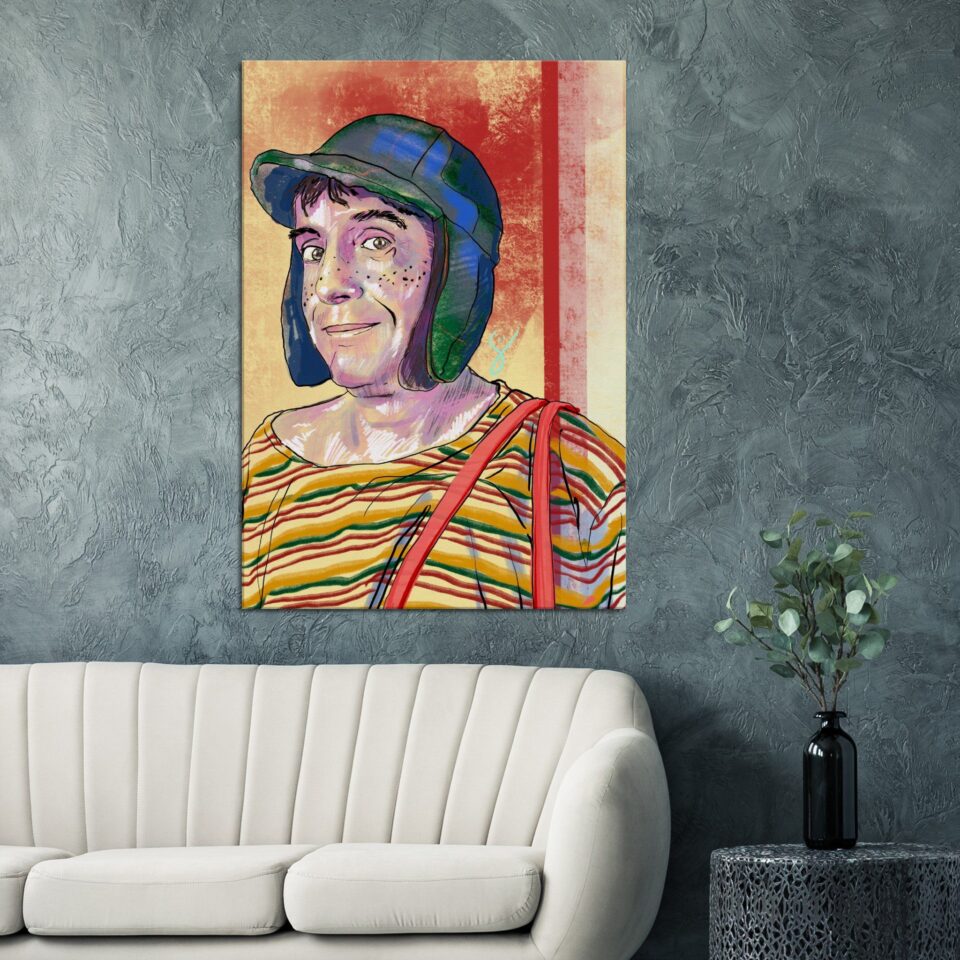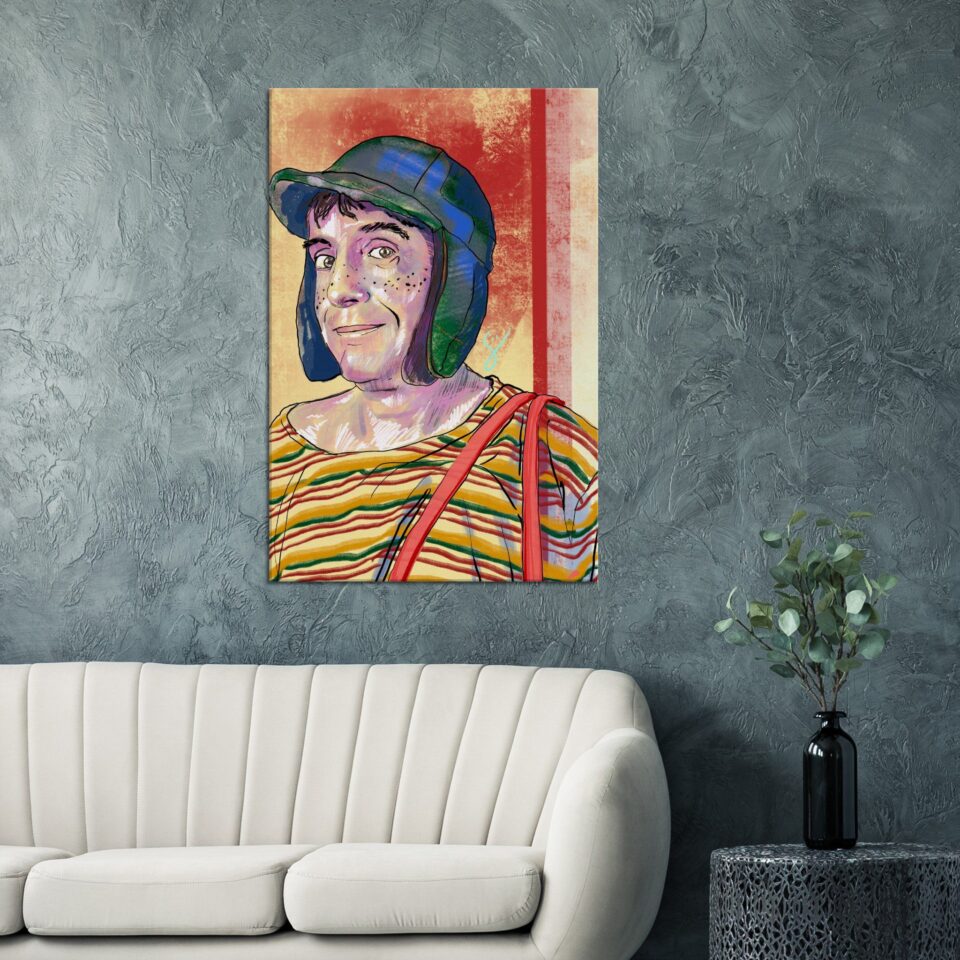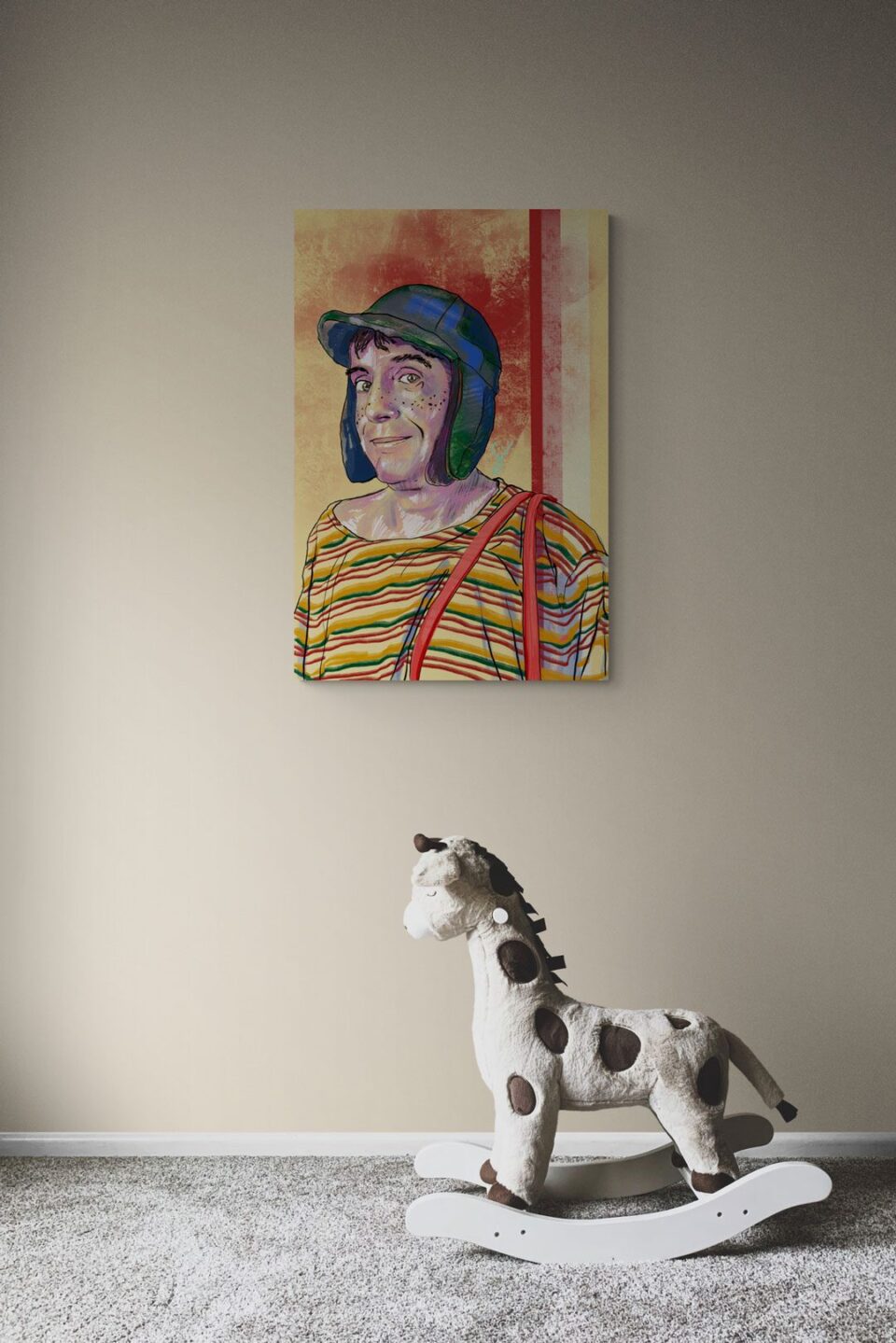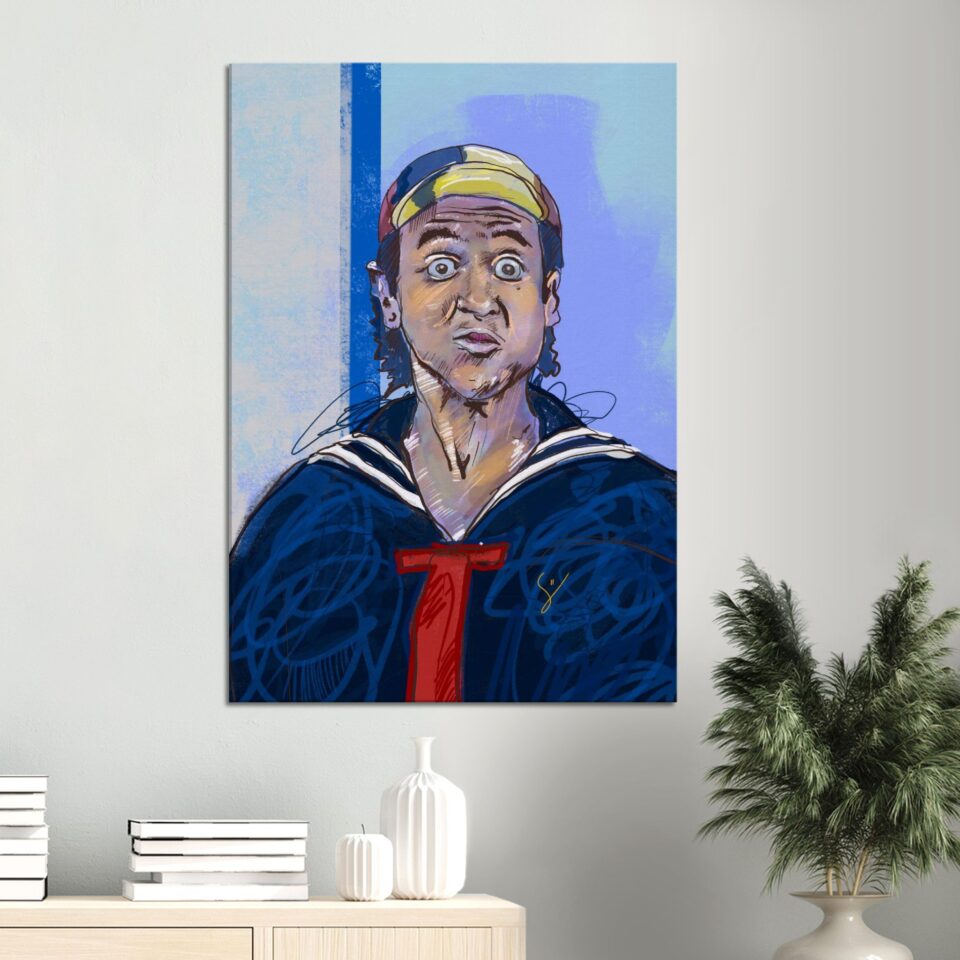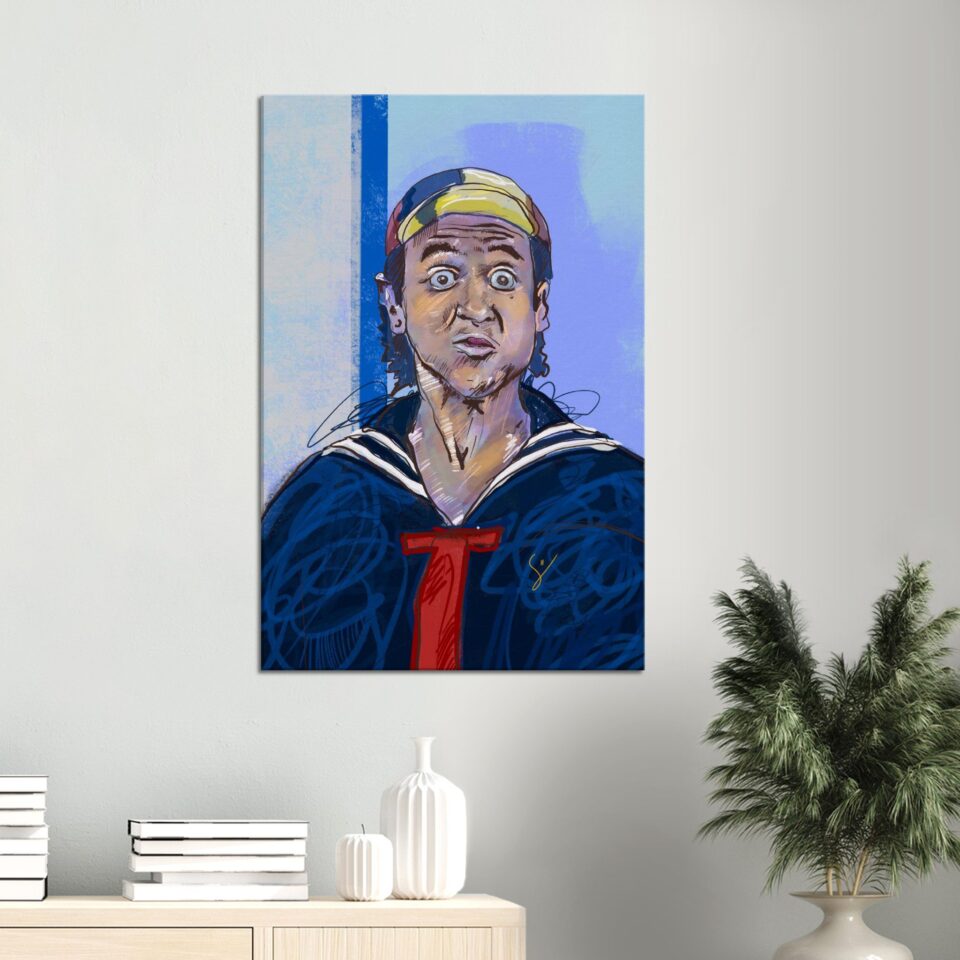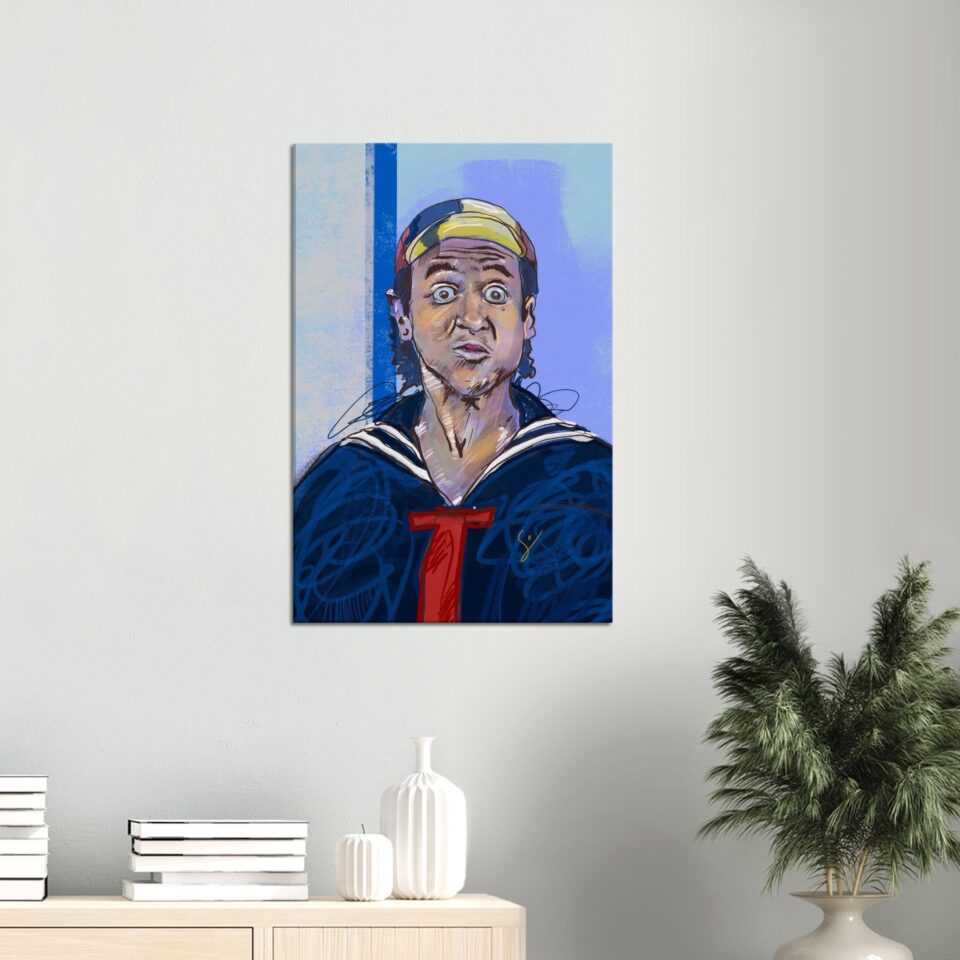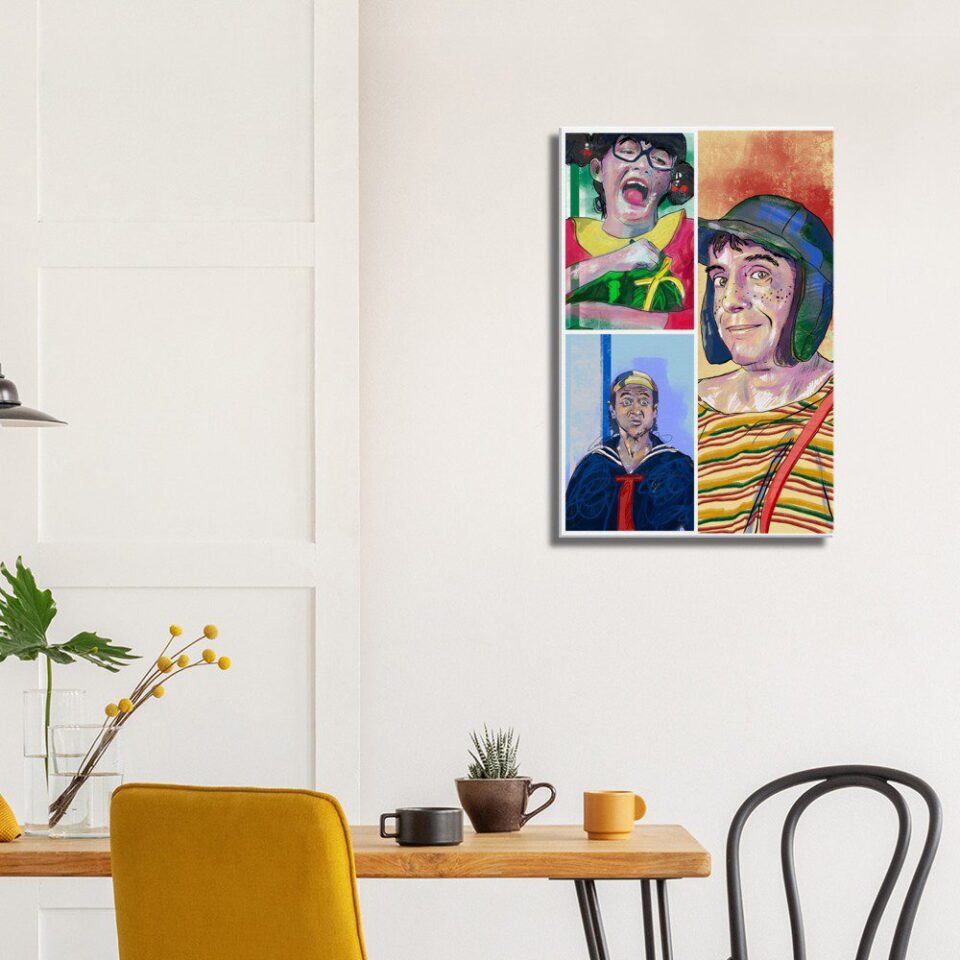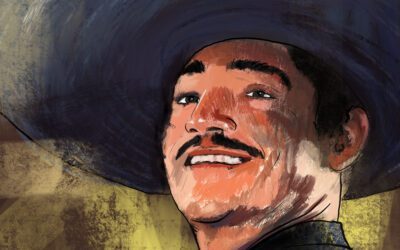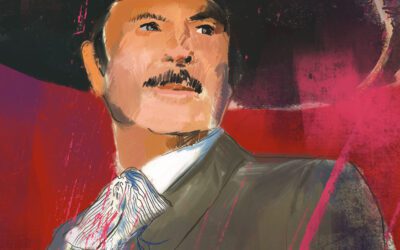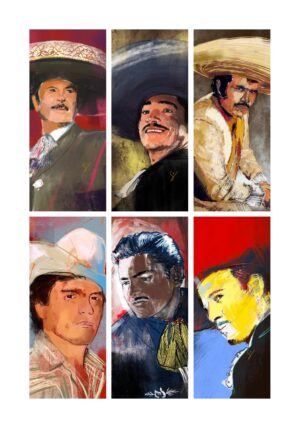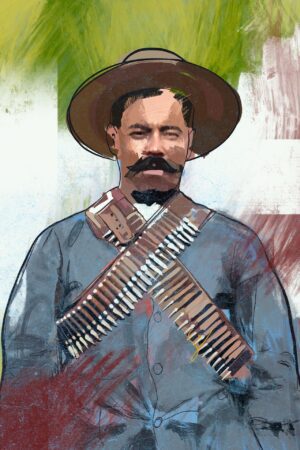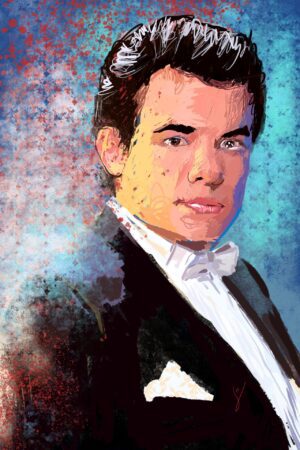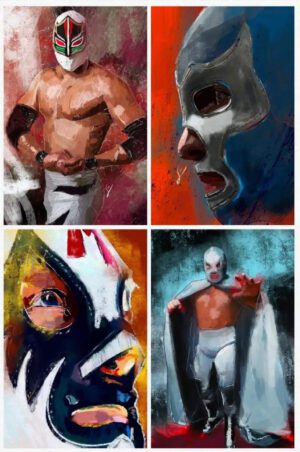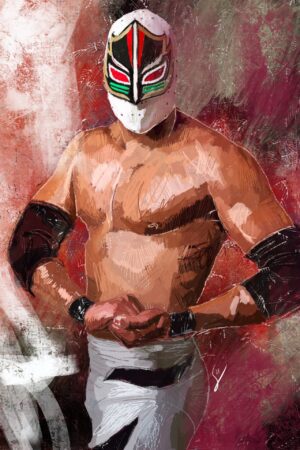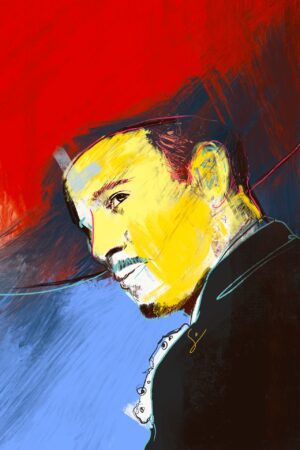“¡Fue sin querer queriendo!” These iconic words from “El Chavo del 8,” the beloved Mexican television show, still resonate with generations of Chicanos in the United States. Created by the legendary Roberto Gómez Bolaños, better known as Chespirito, “El Chavo del 8” has left an indelible mark on Chicano culture, shaping the way Mexican-Americans see themselves and their place in American society. In this article, we will dissect the cultural impact of this iconic show and explore how it continues to inspire and connect with future immigrant generations in the United States.
The Birth of El Chavo
“El Chavo del 8” first aired in 1971, capturing the hearts of Mexican audiences and quickly spreading its charm to the Mexican-American community in the United States. The show’s genius lay in its ability to address universal themes of friendship, poverty, and the struggles of everyday life through the lens of a diverse group of characters living in a vecindad, or neighborhood.
At its core, “El Chavo” told the story of an orphaned boy, El Chavo, portrayed by Chespirito himself, who lived in a barrel and had a heart of gold. Despite his poverty, he always managed to find joy in the simple things in life. The show featured a colorful cast of characters, each representing a different facet of Mexican society, from the grumpy Don Ramón to the flirtatious Doña Florinda. This diversity allowed “El Chavo” to connect with viewers from all walks of life, making it an instant cultural phenomenon.
Chicano Identity and Representation
For Chicano communities in the United States, “El Chavo del 8” offered a much-needed reflection of their own experiences. Chicano identity is complex, rooted in both Mexican and American cultures, and often marked by a sense of otherness. “El Chavo” resonated with Chicanos because it portrayed the struggles and triumphs of characters who straddled two worlds, much like themselves.
El Chavo’s status as an orphan and an outsider reflected the experiences of many Mexican-American children who faced discrimination and economic hardships. The show’s portrayal of neighborhood life and the close-knit community in the vecindad echoed the real-life bonds formed in Chicano neighborhoods throughout the United States. This representation allowed Chicanos to see their own stories on screen, validating their existence and struggles.
Moreover, “El Chavo” showcased the richness of Mexican culture, from the language and music to the food and traditions. This celebration of Mexican identity was a source of pride for Chicanos who often felt caught between their Mexican heritage and American upbringing. The show helped bridge that gap, fostering a deeper connection to their roots.
Language and Humor
One of the most significant aspects of “El Chavo del 8” that endeared it to Chicanos was its clever use of language and humor. Chespirito’s wordplay and catchphrases became part of the cultural lexicon for many Mexican-Americans. Whether it was El Chavo’s “¡Eso, eso, eso!” or Doña Florinda’s “¡Ta-ta-ta-ta-ta!”, these phrases added a touch of nostalgia and familiarity to the lives of Chicanos.
The humor in “El Chavo” was universal, relying on physical comedy and situational humor that transcended language barriers. This made it accessible to Spanish-speaking and English-speaking viewers alike. Chicanos could enjoy the show with their non-Spanish-speaking friends and family, fostering a sense of inclusion and shared laughter.
Family and Community Values
“El Chavo del 8” also reinforced the importance of family and community values within Chicano households. The show depicted the vecindad as a tight-knit, extended family where neighbors looked out for one another. This sense of community resonated deeply with Chicanos, who often found solace and support within their own neighborhoods.
The character of Doña Florinda, who was protective of her son Quico, embodied the strong motherly figure familiar to many Chicano families. Her interactions with El Chavo, Don Ramón, and other neighbors illustrated the importance of compassion, empathy, and understanding in a community.
Legacy and Immigrant Generations
Even though “El Chavo del 8” aired its last episode in 1980, its legacy continues to thrive among immigrant generations in the United States. The show has been rerun countless times on Spanish-language television networks and has found a new life on streaming platforms, making it accessible to both nostalgic adults and a new generation of viewers.
For young Chicanos and Mexican-Americans growing up in the United States, “El Chavo” remains a cultural touchstone, passed down from their parents and grandparents. It serves as a bridge to their heritage, providing a glimpse into the world of their ancestors. In a country where cultural assimilation is often a challenge for immigrant communities, “El Chavo” offers a comforting reminder of their roots.
“El Chavo del 8” is more than just a television show; it’s a cultural phenomenon that has left an indelible mark on Chicano identity in the United States. Through its relatable characters, universal humor, and celebration of Mexican culture, it has connected with generations of Mexican-Americans, bridging the gap between their Mexican heritage and American upbringing.
As Chicano communities continue to evolve and face new challenges, the enduring appeal of “El Chavo” reminds them of the strength and resilience that comes from their shared experiences. Its legacy lives on in the hearts and minds of immigrant generations, ensuring that the laughter, wisdom, and cultural pride of “El Chavo del 8” will continue to inspire and shape Chicano culture for years to come. So, the next time you hear someone exclaim, “¡Fue sin querer queriendo!” remember that it’s not just a catchphrase; it’s a testament to the enduring cultural impact of “El Chavo del 8” in the United States.

